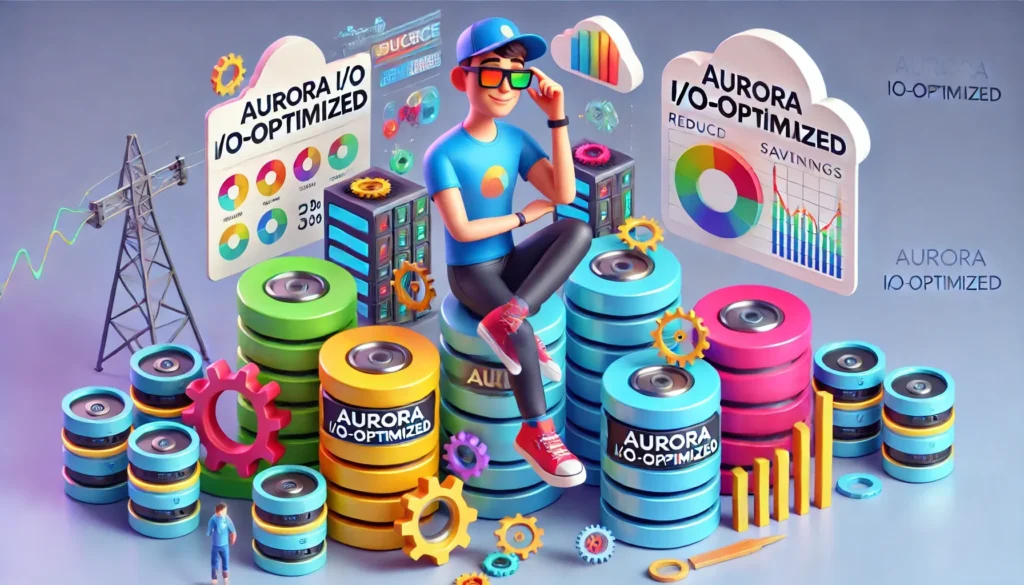Introduction:
As cloud adoption continues to grow, organizations are increasingly focusing on optimizing their cloud costs through FinOps practices. Automating your FinOps process can help streamline operations, reduce manual effort, and improve efficiency. However, it’s crucial to approach automation strategically to ensure success. In this blog post, we’ll explore the right way to automate your FinOps process, focusing on key principles and providing practical examples.
Principle 1: Keep the Human in the Loop
When automating your FinOps process, it’s essential to keep the human element involved. While automation can handle repetitive tasks and data analysis, human judgment and decision-making remain critical. Involve your FinOps team in defining the automation goals, reviewing the results, and making informed decisions based on the insights provided by the automated systems. Strike a balance between automation and human oversight to ensure accuracy and accountability.
Principle 2: Focus on Automating Parts, Not Everything at Once
Attempting to automate your entire FinOps process from day one can be overwhelming and lead to complications. Instead, adopt a phased approach by identifying specific parts of the process that can benefit from automation. Start with tasks that are time-consuming, error-prone, or require consistent data analysis. By automating these parts first, you can gain quick wins and build momentum for further automation efforts. Remember, automation is a journey, not a destination.
Principle 3: Integrate Automation with Your Existing Environment and Tools
When implementing automation, consider how it will integrate with your existing environment and tools. Ensure that your automated solutions can seamlessly exchange data and trigger actions within your current setup. For example, if you use a task management tool like Jira, explore ways to integrate your FinOps automation with Jira to streamline workflows and keep stakeholders informed.
Example: Automating Cost Optimization Detection and Notification
Let’s consider a specific example to illustrate how you can apply these principles in practice. Suppose you want to automate the detection of cost optimization opportunities and notify the relevant resource owners for approval before taking action. Here’s how you can approach it using Wiv:
- Automate the Detection:
- Utilize Wiv’s built-in integrations with cloud cost monitoring tools to analyze your cloud usage and identify potential cost optimization opportunities.
- Set up automated alerts or notifications within Wiv when specific cost thresholds are exceeded or when resources are underutilized.
- Notify Resource Owners:
- Use Wiv’s workflow automation capabilities to create a process that automatically notifies the relevant resource owners when cost optimization opportunities are detected.
- Customize the notification templates to include details about the identified opportunities and the potential cost savings.
- Request Approval:
- Leverage Wiv’s approval mechanism to allow resource owners to review and approve the suggested optimizations directly within the platform.
- Provide a user-friendly interface for owners to grant approval or request further information.
- Automate Actions and Integrate with Task Management:
- Upon receiving approval, use Wiv’s automation features to execute the approved cost optimization actions.
- Integrate Wiv with your task management tool, such as Jira, to automatically create tasks or tickets for tracking the progress and completion of the optimizations.
- Configure Wiv to update stakeholders on the status of the optimizations through automated notifications or task updates.
By leveraging Wiv’s no-code/low-code capabilities, you can automate specific parts of your FinOps process while keeping the human in the loop for decision-making. The platform’s intuitive interface and pre-built integrations make it easier to implement automation without extensive engineering resources.
Benefits of Automating Your FinOps Process:
By automating your FinOps process, you can expect significant benefits, including:
- Cost Savings: Automated cost optimization detection and actions help identify and eliminate unnecessary cloud expenses.
- Improved Efficiency: Automating repetitive tasks and data analysis frees up valuable time for your FinOps team to focus on strategic initiatives.
- Faster Decision-Making: Automated alerts and notifications enable quicker identification and resolution of cost optimization opportunities.
- Enhanced Collaboration: Integrating automation with task management tools promotes better communication and collaboration among teams.
Conclusion:
Automating your FinOps process the right way involves keeping the human in the loop, focusing on automating parts incrementally, and integrating automation with your existing tools. By following these principles and leveraging platforms like Wiv, you can streamline your FinOps workflows, reduce costs, and improve operational efficiency. Start by assessing your current processes, identifying automation opportunities, and creating a phased implementation plan. With the right approach and tools, you can unlock the full potential of FinOps automation and drive long-term success in cloud cost optimization.





